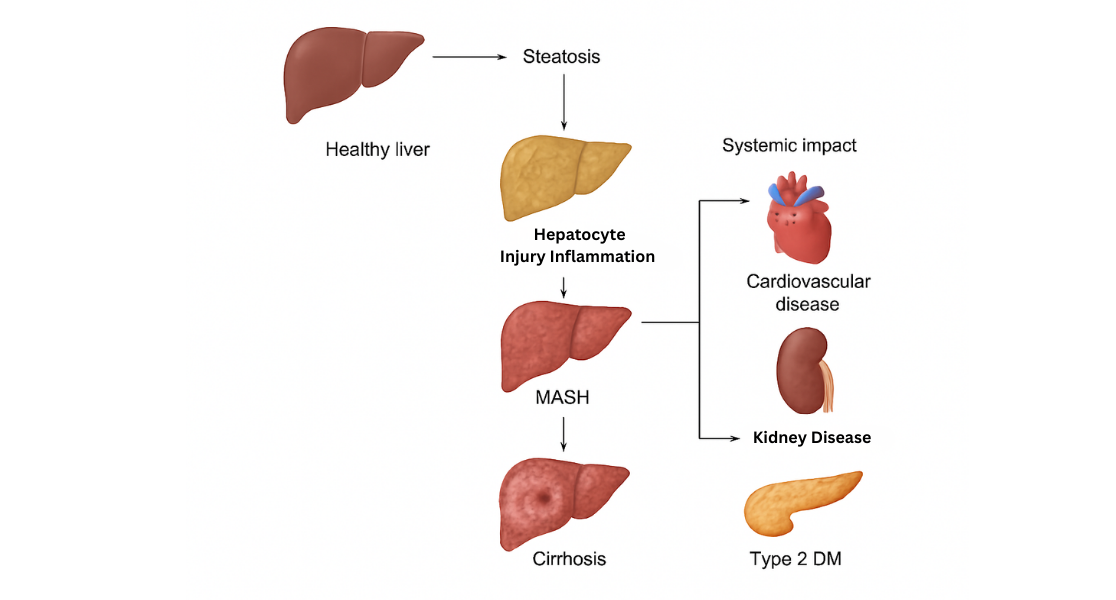Introduction
Children’s diets undergo a dramatic shift when school lets out for summer vacation. The absence of consistent meal schedules, federal nutrition guidelines, and regulated eating environments often leads to more sugar-packed snacks, fewer fruits and vegetables, and overall poorer dietary quality during the summer months. Yet structured summer programming—such as day camps, sports clinics, and community activities—can play a pivotal role in restoring balanced meals and supporting healthier eating habits. Here’s an in-depth look at three years of data from the What’s UP (Undermining Prevention) with Summer Observational Cohort Study and practical strategies for parents, camp directors, and policymakers to ensure children maintain nutritious diets year-round.
Summer Nutrition Slump: Key Findings from a Three-Year Cohort
Between 2021 and 2023, researchers collected nearly 40,000 daily diaries from 1,298 children aged 5–14 across 17 elementary schools in the southeastern United States. Parents recorded both time use and dietary intake over two 14-day periods each year—once during the school term (April/May) and once in mid-summer (July). The cohort was socioeconomically and racially diverse, with roughly equal representation of girls and boys and a wide range of household income levels.
Healthful Foods Plummet in Summer
- Fruit consumption dropped by up to 37% on summer days compared to school days.
- Vegetable intake declined by nearly 30%.
- Milk and 100% juice servings decreased significantly, with children 15–25% less likely to consume dairy or pure fruit juice each day.
By removing the structured breakfast, lunch, and snack periods mandated by the Healthy, Hunger-Free Kids Act, summer vacation creates a “food environment gap” that many families struggle to fill.
Sugary Snacks and Drinks Surge
- Non-carbonated sugar-sweetened beverages (sports drinks, flavored water, energy drinks) rose by up to 63%.
- Soda and diet pop consumption increased by roughly 45%.
- Frozen desserts (ice cream, popsicles) became 30% more likely to appear in daily diaries.
- Fast food consumption spiked by nearly 60% on summer days.
Lack of scheduled meal services and increased freedom to snack at odd hours are the primary drivers behind these trends.
Weekdays vs. Weekends: Routine Still Matters
During the school year, weekdays—anchored by regulated meal times—fostered significantly healthier eating compared to weekends. Fruits, vegetables, milk, and whole grains appeared more often on Monday through Friday meals, while weekends saw increased fast food and sugary beverages. Summer retained this pattern, though differences were less pronounced: weekdays were still healthier than weekends, underlining the power of routine even outside school.
Income Doesn’t Protect Against Summer Slumps
Surprisingly, the summer decline in diet quality was consistent across low-, middle-, and high-income groups. Although higher-income families may have greater access to fresh produce, the structured nutrition provided by schools appears to be the great equalizer, benefiting children from all backgrounds equally.
The Structured Days Hypothesis: Why Routine and Regulation Matter
The Structured Days Hypothesis (SDH) posits that environments with consistent schedules and behavioral norms—such as schools—promote healthier habits. During the academic year:
- Federal nutrition guidelines ensure that school-provided meals contain adequate fruits, vegetables, whole grains, lean proteins, and low-fat dairy.
- The Healthy, Hunger-Free Kids Act of 2010 mandates that breakfasts and lunches meet strict calorie and nutrient standards.
- Consistent snack and meal times limit unsupervised grazing and impulsive treats.
- Nutrition education in schools reinforces healthy choices and teaches children about balanced diets.
In the absence of this structure, children have greater reliance on the home food environment, which may lack both the resources and the behavioral guardrails that schools provide.
Structured Summer Programs: A Proven Solution
Researchers also examined how attending structured summer programming affected dietary intake on summer days. Whether children participated in day camps, sports clinics, arts or music programs, or faith-based activities, those structured settings often provided meals or snacks under federal reimbursement guidelines. Here’s what the data revealed:
Improved Diet Quality on Program Days
- Healthful foods: Children were 13–45% more likely to consume fruits, vegetables, milk, and whole-grain snacks on days they attended a structured program.
- Reduced unhealthy options: Fast food, soda, and frozen desserts were 10–37% less likely to be consumed on program days.
These findings underscore the role of summer programs as “mini-schools” that fill the nutrition gap.
Dose-Response Effect: More Structure, Better Diet
When researchers categorized program attendance by daily minutes spent in structured activities—none, low (30–60 min), moderate (60–200 min), and high (> 200 min)—they observed a dose-response relationship:
- Low attendance saw modest improvements over unstructured days.
- Moderate attendance led to more pronounced gains in fruit and vegetable intake.
- High attendance (> 200 min) produced the largest boost in diet quality, nearly matching school-year patterns.
This gradient suggests that both the presence and duration of structure contribute to better nutrition.
Practical Strategies for Parents
Families can harness these insights to support healthy eating at home and ensure that summer doesn’t mean a nutrition-free-for-all.
- Prioritize Structured Programs
Enroll children in camps or activities that participate in the Summer Food Service Program (SFSP) or equivalent initiatives. These programs must follow federal meal standards, offering balanced breakfasts, lunches, and snacks. - Maintain Consistent Meal Times
Even on non-program days, set fixed times for breakfast, lunch, snacks, and dinner. Use family calendars, phone reminders, or visual schedules on the refrigerator to reinforce consistency. - Involve Kids in Meal Planning and Prep
When children help choose recipes, shop for ingredients, and prepare meals or snacks, they’re more likely to try new fruits and vegetables. Simple tasks—washing produce, stirring batter, or assembling wraps—build ownership and enthusiasm. - Stock Healthy Options
Keep a variety of fresh, frozen, and canned produce on hand. Pre-wash and cut vegetables and fruits for easy snacking. Offer yogurt, cheese sticks, nuts and seeds, whole-grain crackers, and hummus as alternatives to chips and cookies. - Hydration Over Sugary Drinks
Replace soda, sports drinks, and juices with water, sparkling water, herbal teas, or infused water (e.g., berries, citrus, cucumber). Encourage kids to carry reusable water bottles and track water intake with fun apps or sticker charts. - Smart Snacking Strategies
When cravings strike, provide “snack stations” with pre-measured portions of trail mix, popcorn, or dried fruit. Label small containers for grab-and-go convenience. - Weekend Planning
Don’t treat weekends as “cheat days.” Extend weekday meal structures into Saturday and Sunday—schedule family breakfasts, plan weekend cooking projects, and pack balanced picnic lunches for outings. - Nutrition Education at Home
Use mealtime as an opportunity to talk about food groups, portion sizes, and the “rainbow plate” concept. Read nutrition labels together and compare sugar content in different snacks.
Guidance for Camp and Program Directors
Structured programming leaders play a crucial role in bridging the school–summer nutrition gap.
- Adhere to Federal Meal Standards
Ensure all meals and snacks meet SFSP or state nutrition guidelines. Offer at least one fruit and one vegetable at every meal. Limit added sugars and saturated fats. - Schedule Regular Meal and Snack Breaks
Prevent marathon activity sessions that leave kids famished and prone to unhealthy treats. Build in clear meal and snack times, and communicate schedules to parents. - Train Staff in Nutrition Best Practices
Provide staff workshops on healthy portion sizes, reading food labels, and modeling positive eating behaviors. Encourage directors and counselors to serve as nutrition ambassadors. - Integrate Nutrition Education
Incorporate hands-on activities like cooking demos, taste tests, or “build your own parfait” stations. Teach kids about healthy eating through games, scavenger hunts in gardens, or interactive lesson plans. - Develop Camp Gardens or Potted Plant Stations
Growing fruits, vegetables, and herbs on site connects children to their food’s origin. Harvesting and tasting freshly grown produce fosters excitement and a willingness to try new items. - Offer Healthy Vending Options
If vending machines are on premises, ensure they stock water, 100% juice, low-sugar snacks, and whole-grain options rather than candy, chips, and soda. - Communicate with Families
Send weekly newsletters highlighting camp menus, nutrition tips, and healthy recipes families can try at home. Share photos of kids enjoying balanced meals and activities.
Addressing Barriers to Program Access
Despite their benefits, summer programs are not equally accessible. To ensure all children reap the advantages of structured environments:
- Expand Affordable Options
Partner with local schools, libraries, churches, and community centers to offer sliding-scale fees or scholarship spots for low-income families. - Leverage Public Funding
Advocate for increased funding and broader eligibility in SFSP to support programs in underserved neighborhoods. Encourage local governments to allocate municipal grants for youth programming. - Flexible Scheduling Models
Offer half-day, drop-in, or before-and-after care options to accommodate varied parental work schedules. Hybrid models allow children to attend structured activities for part of the day. - Transportation Solutions
Collaborate with school districts or nonprofit shuttles to provide bus routes or ride shares, ensuring children without private transportation can participate. - Community Partnerships
Engage local businesses, farms, and health organizations to sponsor camps, donate produce, or facilitate special events that enrich programs at no extra cost to families.
Implications for Childhood Obesity Prevention
Summer weight gain contributes significantly to long-term obesity risk. Dietary quality is a primary driver of these unhealthy gains, and the What’s UP study provides clear evidence:
- Structured settings—both school and summer programs—serve as vital nutrition safety nets.
- By mimicking school-year guidelines, quality summer programming can curb excessive weight gain.
- Scaling up structured summer initiatives offers a dual benefit: increased physical activity and improved diet quality.
Stakeholders—from parents and educators to policymakers—must recognize summer as a critical window for nutrition interventions. Emphasizing routine, federal meal standards, and equitable program access aligns with EEAT (Expertise, Experience, Authority, Trustworthiness) principles, building public confidence in summer nutrition strategies.
Conclusion
Summer should be a time of fun and exploration, not a season of poor dietary habits and accelerated weight gain. The three-year What’s UP observational study reveals that structured environments. Schools during the academic year and organized programs in summer—are key to keeping kids on track with balanced meals. Parents can support these findings by maintaining meal routines, involving children in healthy cooking, and promoting water over sugary drinks. Camp directors and community leaders can bolster impact by following federal nutrition guidelines, embedding nutrition education, and ensuring equitable access.










